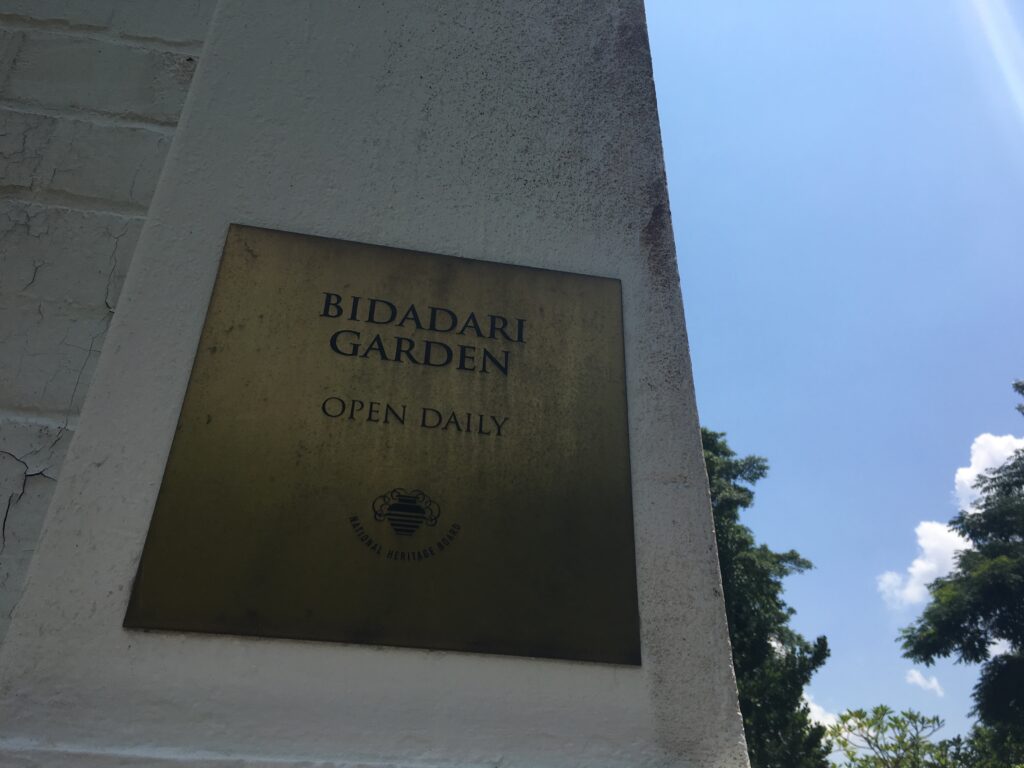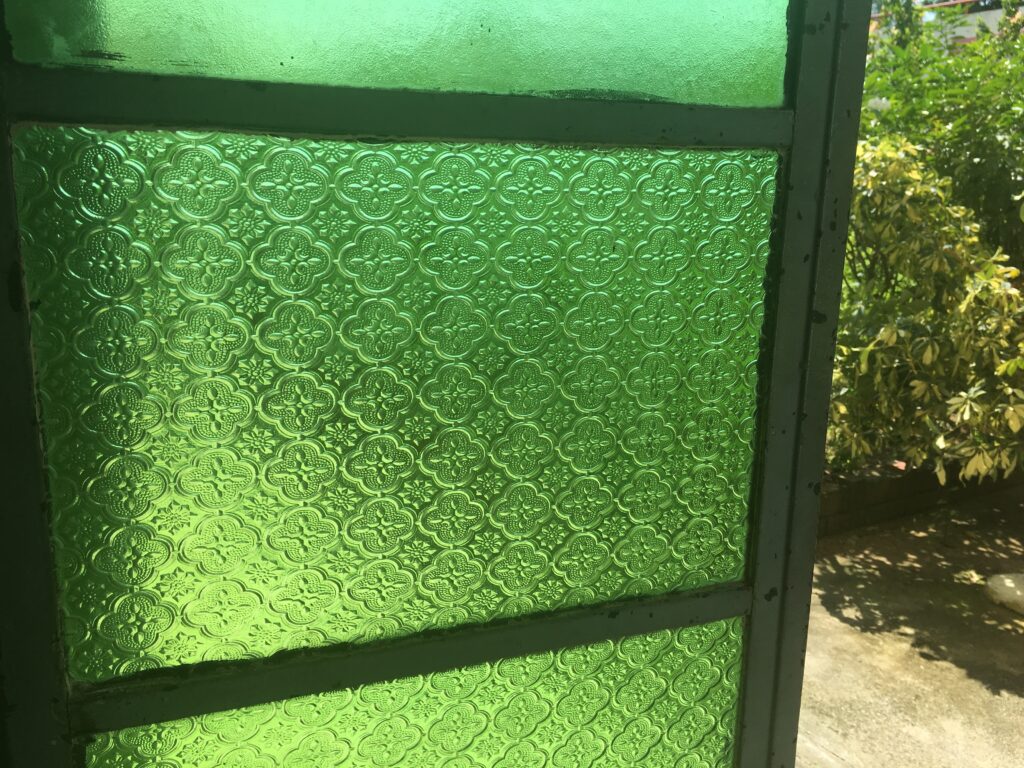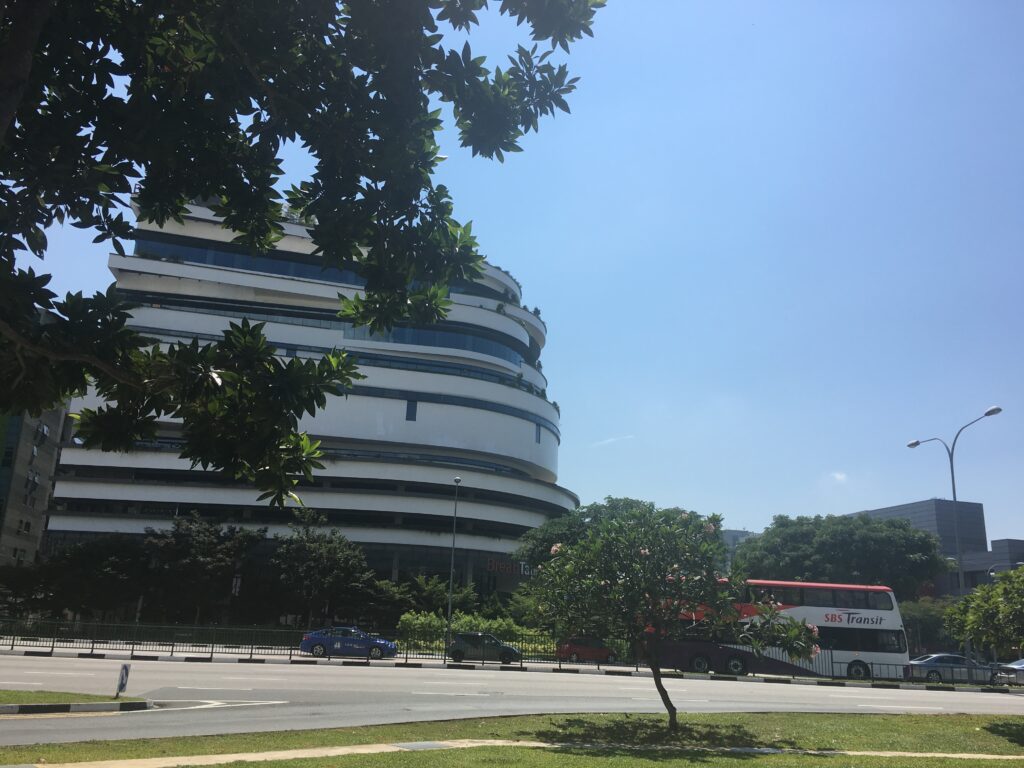When did the Gurkhas come here? I went to the net to check. It’s an interesting story, starts back then with colonialism, goes on to how post India’s independence, the British Army’s Gurkha Regiments stationed outside remained where they were, soon proving again how relevant they were in the current scenario as well and, of course, how brave.
Brave, it’s a word that always comes to mind when I think Gurkha. It may be stereotyping an entire people belonging to the beautiful hilly country of Nepal, which I have never been to, but which has always been a part of my life. There were many Nepalis working in Assam where I grew up. The guards were always Gurkhas. There was, if my memory isn’t completely gone, a Gurkha contingent of the CRPF (Central Reserve Police Force) at the tiny oil township we lived in. Our driver was Gurkha. Gopal… very loyal, totally brave.
Sam Manekshaw, India’s first field marshal, led a battalion of the Fifth Gurkha Rifles. My husband told me he had heard General Manekshaw say at a conference once, “If you say you have no fear, then either you’re a liar… or you’re a Gurkha!” The General was often referred to as Sam Bahadur, Bahadur means brave. Many Gurkhas are called that. And not all Gurkhas are in the army or the police force, but more often than not, they are courageous and loyal.

Tip tilted hat, chin strap, a straight posture, still eyes, the image is stuck in the mind. The uniform, the era, the command may change, but not the look or the nature. There are stories of how if he takes out his kukri, the Gurkha will never put it back without drawing blood, if need be he’ll cut himself with that 18 inch long blade… the Gurkha was somehow always separate. Different. Enigmatic.
The name comes from the Nepalese town of Gorkha. Apparently, four ethnic groups mainly make up their ranks. The Gurungs and Magars from the west of Nepal and the Rais and Limbus from the east. When the British suffered heavy casualties during the invasion of Nepal in 1815, they realised the value of the Gurkhas as fighters. So they quickly signed a peace deal that allowed them to recruit the very people who had played hell into them. The Gurkhas have been part of the British Army since then. Of course, they are part of the Indian Army. In Singapore they form a contingent of the police force.
AJ and I were walking up Jalan Bunga Rampai which takes you to the camp where the Gurkha contingent lives.

Ever since coming to Singapore, I’ve heard how there are Gurkhas here… how they reside in a camp far far away and they’re not allowed to mix with the local populace. You have to get special permission to get Gurkha guards. Oh forget it, only VIPs, no no, VVIPs can have Gurkha guards. I have seen Gurkhas at the gates of the Istana and wanted to smile and kept a poker face. That enigma thing, it follows the Gurkha around.

We had actually come to Bartley Road to the Ramakrishna Mission. It’s beautiful. AJ said his father had stayed there for a few years. AJ’s father is a devout catholic. Didn’t surprise me at all he was comfortable at this institution, which has always defined spirituality in the broadest way. Ramakrishna Mission was established in Singapore in 1928 at Norris Road. Later, as its needs grew, it moved to Bartley.

We took pictures. There’s a particular serenity to the place, you wonder how it can even exist so close to such busy roads, construction, new MRT…

AJ suddenly exclaimed, the Gurkha camp was nearby, should we go there? There was no question of even pondering for a moment.
The Mount Vernon Camp, the home and operational base of the Gurkhas, does have high walls, barbed wire, and warnings that it is a restricted zone plastered on the walls. It’s a massive compound. But when little kids come out of the gates and head to the nearest food court or market, it suddenly doesn’t feel as formidable. Or secretive.

And far far away? The camp is surrounded by HDB blocks, condominiums, houses. The Bartley Primary School is nearby, which many of the children attend. Perhaps once this area was lonely and secluded. No longer. It is good real estate, so why should it remain empty? Even if the Mount Vernon Crematorium was here till recently. Now the crematorium has gone to Mandai, only the columbarium remains. That is slated to move too.


The Bidadari Cemetery next to it is not in use since the early seventies… it was once the largest graveyard in Singapore. The Muslim, Christian, and other graves there are mostly gone. Seems the trails inside were “very popular” as running routes among the Gurkha contingent even while the cemetery was in use. Now it’s a memorial garden. Okay, it feels spooky, but you look up and there’s the main gate of the Mount Vernon Camp. An array of men in blue grey uniform, the hats peaked, firearms ready, stands there. Suddenly you feel safe.
Aside: Bidadari means fairy/angel in Malay, which comes from the Sanskrit “vidya dhari”, the one with knowledge… mythical creatures like apsaras were said to be vidya dhari. A beautiful apsara trapped in an old graveyard and a brave soldier who meets her while on a run… chances of a major story (a romance?) here?
We pass the huge Maris Stella High School and some more condos. Back on Bartley Road, we realise we needn’t have taken the MRT to Tai Seng to get to Mount Vernon Road; it was actually just a few minutes’ walk from Ramkrishna Mission. But I’m glad we made the mistake, the approach up Jalan Bunga Rampai is more interesting. It goes from the everyday to the increasingly more mysterious.

When we lived in Jalan Lim Tai See, on our way home we’d see Gurkha guards outside a minister’s residence. My daughter always smiled at them and waved. They’d wave back without smiling. There was a period when guards of the Gurkha contingent protected her school… I am ever grateful for that.
…………………………………………………………………………………………………………………………
Road to Singapore | Bartley Road, Upper Paya Lebar Road, Little Road, Joo Seng Road, Jalan Bunga Rampai, Upper Aljuneid Road, Vernon Park, Mount Vernon Road, 03/09/2106 #SG50
End of 1997, we moved to Singapore from India. In 2015, the country celebrated fifty years of independence. Singapore has given me much and I am fascinated by the spirit of this gutsy city state with hardly any land or resources, but oh what dreams and chutzpah (the finest interpretation of the word), the ability to reach big, hunker down and hold and strategise and act and grow. Despite my many years here, I hadn’t seen a lot of the island, which started out at only 28 miles by 18. Now of course it’s bigger, thanks to that spirit I spoke of. So, Anthony John or AJ, my walking partner, and I decided to do fifty walks in the island to celebrate #SG50. Well, we didn’t stop at fifty; couldn’t. There was still so much to see and feel and also how not to let the hot, merciless, climate-change sun not have its way with us. Come along for the walk talk, try to bring an umbrella.

I’ve seen this tree at the Singapore Botanic Gardens too… wonder what it’s called.

I love these old glass work. This is a door at the Ramkrishna Mission.


That serenity of the Mission.

Had we not taken the scenic route via MRT, we wouldn’t have seen the Bread Talk HQ on Tai Seng, the design “takes its cue” from the danish pastry, says the company’s website. The building is designed by architect Tan Kay Ngee.
………………………………………………………………………………………………………………………..
Road to Singapore | Bartley Road, Upper Paya Lebar Road, Little Road, Joo Seng Road, Jalan Bunga Rampai, Upper Aljuneid Road, Vernon Park, Mount Vernon Road, 03/09/2106 #SG50
End of 1997, we moved to Singapore from India. In 2015, the country celebrated fifty years of independence. Singapore has given me much and I am fascinated by the spirit of this gutsy city state with hardly any land or resources, but oh what dreams and chutzpah (the finest interpretation of the word), the ability to reach big, hunker down and hold and strategise and act and grow. Despite my many years here, I hadn’t seen a lot of the island, which started out at only 28 miles by 18. Now of course it’s bigger, thanks to that spirit I spoke of. So, Anthony John or AJ, my walking partner, and I decided to do fifty walks in the island to celebrate #SG50. Well, we didn’t stop at fifty; couldn’t. There was still so much to see and feel and also how not to let the hot, merciless, climate-change sun not have its way with us. Come along for the walk talk, try to bring an umbrella.





